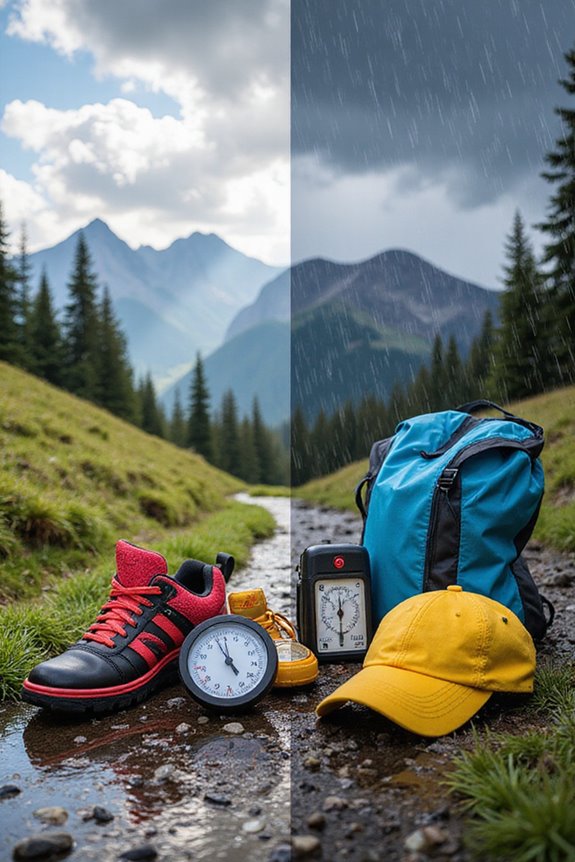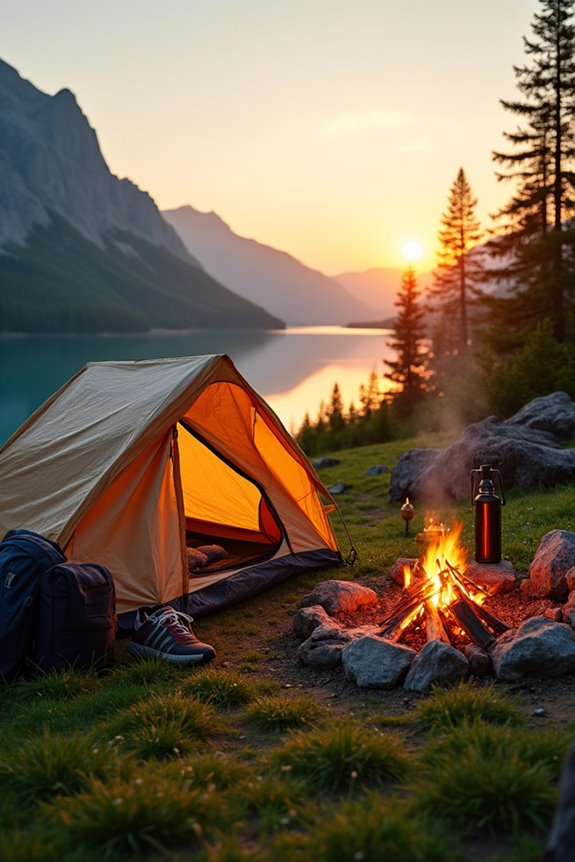Weather really shapes how we enjoy the outdoors. Warm days invite water sports and hiking, while frigid temps send most folks inside, opting for cozy indoor workouts instead. Rain can be a wet blanket on outdoor plans, turning cycling into a risky endeavor, while some love a rainy kayak adventure. Then there’s the wind, either adding a chill or creating perfect sailing conditions. Each season brings its charm, setting the stage for unique activities—discover what else nature has in store!
Key Takeaways
- Ideal temperatures for outdoor activities range from 27.8–32.8°C, promoting participation in water sports and walking.
- Extreme heat and cold drastically reduce outdoor activity participation, leading to increased indoor exercise.
- Precipitation, such as rain, can deter outdoor exercise and create hazardous conditions for activities like cycling.
- High winds can create dangerous conditions for outdoor sports and affect temperature perception, especially in colder weather.
- Regional weather variations necessitate adaptations in outdoor activities and influence participation levels significantly.
Temperature and Outdoor Activity Participation
When the sun shines brightly and the temperature hovers around that sweet spot of 27.8–32.8°C, outdoor enthusiasts everywhere seem to come alive. It’s the ideal time for hiking, biking, and, of course, splashing in the water—activities that thrive in these temperature thresholds. Water sports, especially, see a surge in participation, as people flock to lakes and beaches, seeking relief from the heat. Meanwhile, walking remains a favorite, unbothered by the higher temperatures. Notably, colder days, around 1.78°C, keep many indoors, while snow and ice sports see their own peak at those frigid levels. Ultimately, activity preferences shift dramatically with the weather, highlighting how temperature influences the great outdoors, making every sunny day an opportunity for adventure.
Effects of Extreme Heat on Recreation
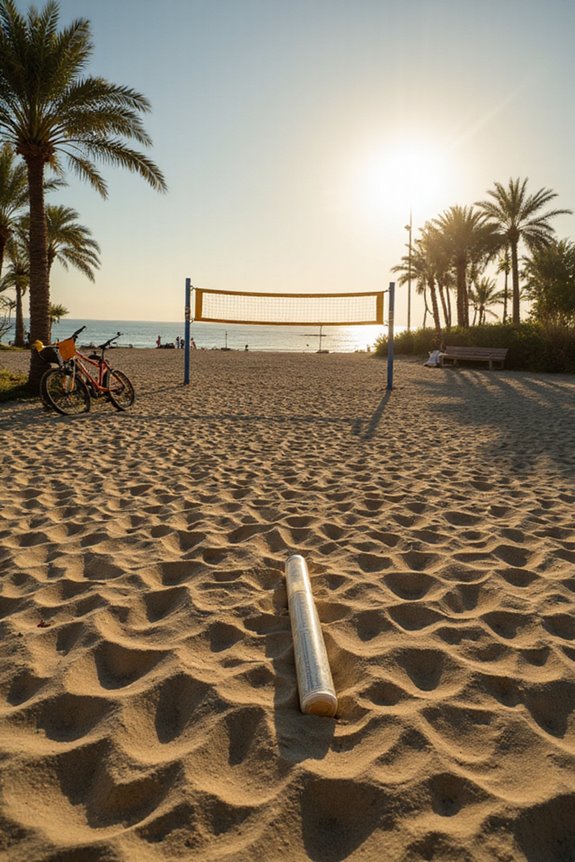
As temperatures soar and the sun blazes down, outdoor enthusiasts often find themselves rethinking their plans, opting for the shade over sun-soaked adventures. Extreme heat considerably reduces outdoor activities, with many people avoiding parks altogether. Instead of hiking trails or playing sports, folks are adapting their schedules to cooler parts of the day, trading morning jogs for late-night strolls. This shift also leads to a surge in indoor recreation, as air-conditioned spaces become the go-to spots for family fun. Vulnerable groups, including children, are particularly affected, facing challenges like heat-related illnesses. While some regions embrace the heat with resilience, others struggle, highlighting the need for heat adaptation strategies to guarantee everyone can enjoy the outdoors safely.
Impact of Cold Weather on Outdoor Activities
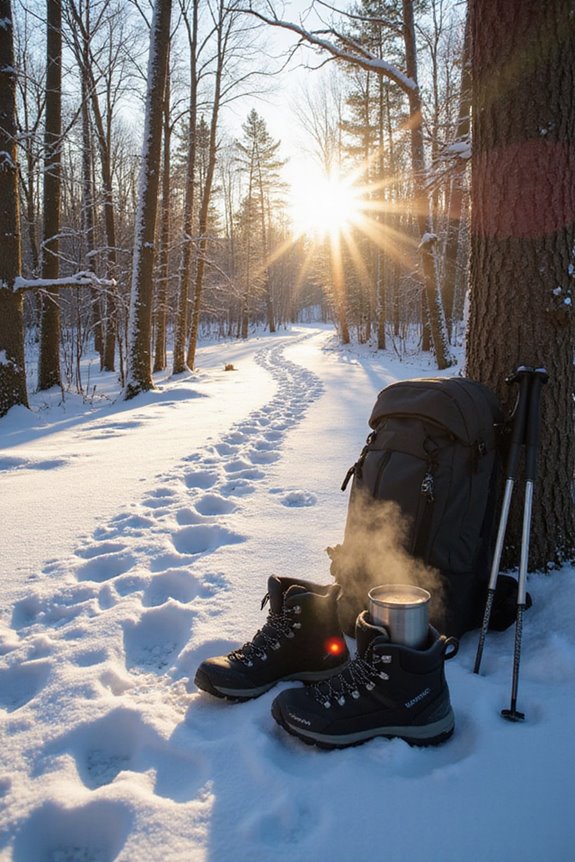
Cold weather can really put a damper on outdoor activities, and for many, it transforms a simple jog into an icy endurance test. Participation in recreational activities like cycling plummets by about 75% when temperatures dip below freezing. While winter sports like skiing and ice fishing thrive in the cold, warming winters threaten these beloved pastimes, limiting snow-dependent adventures. Curiously, those from colder climates exhibit impressive cold adaptation, continuing outdoor fun even when the chill sets in. However, many still opt for indoor workouts or delay their exercise when faced with snow and ice, prioritizing safety. Ultimately, while cold weather can deter some, it also fosters a unique spirit of resilience among winter enthusiasts embracing the frosty elements.
Precipitation and Its Influence on Exercise
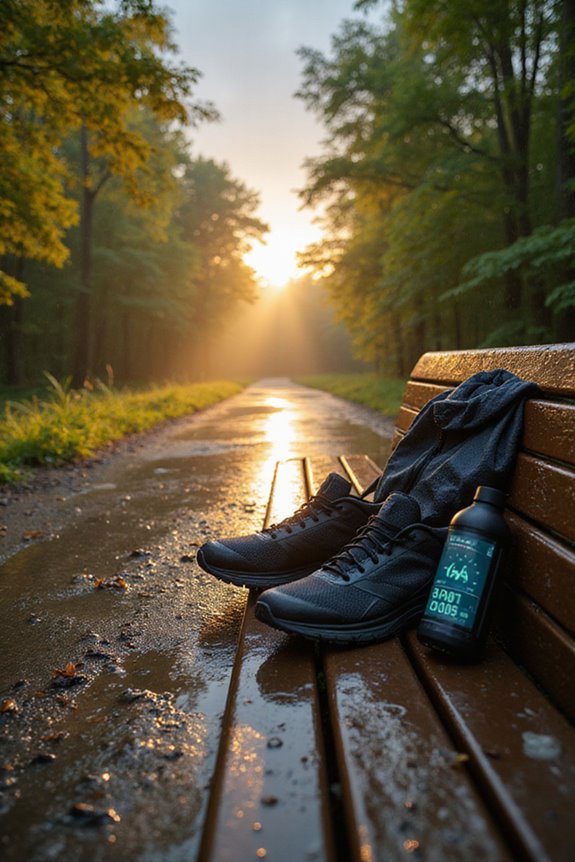
Weather can be a fickle friend, especially when it comes to outdoor exercise. Precipitation patterns, like unexpected rain showers, can quickly dampen exercise motivation. Many outdoor enthusiasts find themselves retreating indoors when rain starts to fall, swapping their running shoes for a cozy yoga mat. This shift often results in reduced participation in physical activities, especially during moderate to vigorous workouts. On rainy days, recreational activities like cycling take a hit, as puddles and slick roads pose safety concerns. Curiously, the impact of rain varies by activity; some might still brave the elements, while others opt for the comfort of dry spaces. Ultimately, when clouds gather, many individuals choose to hibernate rather than hit the trails.
Regional Variations in Weather Impact
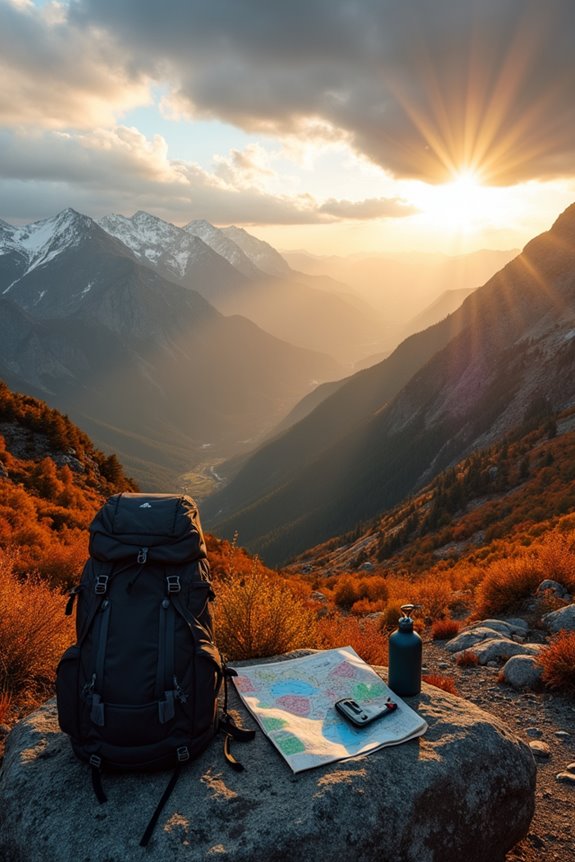
While it might seem that everyone enjoys sunny days filled with outdoor adventures, the reality is that regional variations in weather dramatically shape how people engage with nature. In southern areas, where extreme heat can be unbearable, folks often adapt by seeking shade or cooler activities, showcasing impressive weather resilience. Meanwhile, northern states, accustomed to chilly temperatures, embrace winter sports with gusto, even as warming trends shorten snow seasons. Notably, warm-weather regions enjoy longer hiking and cycling seasons, while water-based activities can suffer from droughts. With extreme weather events like hurricanes or flooding becoming more common, finding regional adaptations is essential. Ultimately, understanding these variations helps communities thrive and guarantees everyone can enjoy the great outdoors, no matter the weather!
Climate Change and Future Outdoor Recreation Trends
As the world warms and climate change reshapes landscapes, outdoor enthusiasts are finding themselves at a crossroads, facing a future where their beloved activities may look quite different. In the Southeastern United States, the looming reduction in outdoor days threatens not only tourism but also the quality of life. Meanwhile, the Northwestern U.S. might enjoy a slight uptick in activity days, but it’s not all sunshine and rainbows. Extreme heat days are on the rise, especially in national parks, limiting comfortable recreation. To adapt, communities must embrace climate adaptation strategies in their recreational planning, redesigning infrastructure to accommodate these shifts. As seasons change unpredictably, the joy of hiking or gardening may depend on how well we respond to our warming world.
Health Risks Associated With Weather Conditions
Outdoor enthusiasts often underestimate the hidden dangers lurking behind those beautiful blue skies and sunny days. While soaking up the sun, one must remember heat-related illnesses can strike unexpectedly. Heat stress leads to thousands of deaths annually, particularly affecting the elderly and those with preexisting conditions. It’s not just about sweating; heat cramps and heat strokes can turn a fun day into a medical emergency. On the flip side, cold exposure poses its own risks. Chilly weather can lead to hypothermia or frostbite, especially for those unprepared for sudden drops in temperature. Slippery surfaces increase the chance of falls, too. Awareness of these dangers can help outdoor enthusiasts enjoy their adventures while staying safe and healthy.
Different Activities and Their Sensitivity to Weather
Weather plays a significant role in shaping the kinds of outdoor activities people choose to engage in, often influencing their plans without them even realizing it. For instance, during warm weather patterns, water sports like swimming and kayaking see an influx of participants, especially when temperatures soar above 75°F. However, once the mercury hits 90°F, many folks retreat indoors. On the flip side, land-based sports, like soccer, take a hit if it gets too hot or rainy, as people prefer to stay dry and cool. Surprisingly, walking remains a favorite, allowing for flexibility across various temperatures. Understanding these variations helps people tailor their activity preferences, ensuring they enjoy the outdoors while staying comfortable and safe.
Seasonal Changes in Outdoor Activity Preferences
When the snow melts and the flowers bloom, excitement fills the air as people enthusiastically swap their heavy winter coats for light jackets and shorts, ready to embrace the joys of spring and summer. Seasonal activity preferences shift dramatically; the warmer months see a surge in outdoor adventures like hiking, biking, and camping. Participant demographics also change, with younger crowds keen to plunge into activities like backpacking or skateboarding. While the overall number of outdoor enthusiasts may rise, the frequency of outings can dip, reflecting a curious trend. Even as casual participants explore diverse activities, core enthusiasts remain steadfast, chasing sunshine and fresh air. This seasonal dance keeps outdoor fun alive, ensuring everyone finds their moment in nature’s embrace. Furthermore, many campers now seek tents with built-in LED lights, enhancing their nighttime experiences while enjoying the great outdoors.
Frequently Asked Questions
How Do Weather Patterns Influence Outdoor Event Planning?
Weather patterns greatly influence outdoor event planning by dictating event logistics and necessitating consideration of seasonal trends. Organizers must analyze historical data and current forecasts to guarantee successful and safe events amidst potential weather-related challenges.
What Role Does Humidity Play in Outdoor Activity Enjoyment?
Like a soggy sponge, high humidity dampens outdoor enjoyment, reducing comfort levels and transforming activities into labors. Humidity effects elevate perceived exertion, risking fatigue and diminishing the pleasure of physical exertion under oppressive conditions.
Are There Specific Weather Conditions That Boost Outdoor Tourism?
Specific weather conditions, such as sunny days, greatly enhance outdoor tourism participation, encouraging activities like hiking and water sports. Meanwhile, snowy adventures attract winter enthusiasts, boosting tourism in regions reliant on snow-dependent recreational activities.
How Can Individuals Prepare for Unexpected Weather During Outdoor Activities?
Individuals can prepare for unexpected weather by investing in appropriate weather gear and assembling emergency kits. This includes waterproof clothing, sturdy shelters, and essential supplies to guarantee safety and comfort during outdoor activities amidst changing conditions.
What Are the Best Practices for Exercising Outdoors in Variable Weather?
As the clouds gathered ominously, she contemplated the best practices for exercising outdoors in variable weather. Layered clothing and hydration strategies emerged as essential, ensuring comfort and safety while maneuvering through the unpredictable elements ahead.

